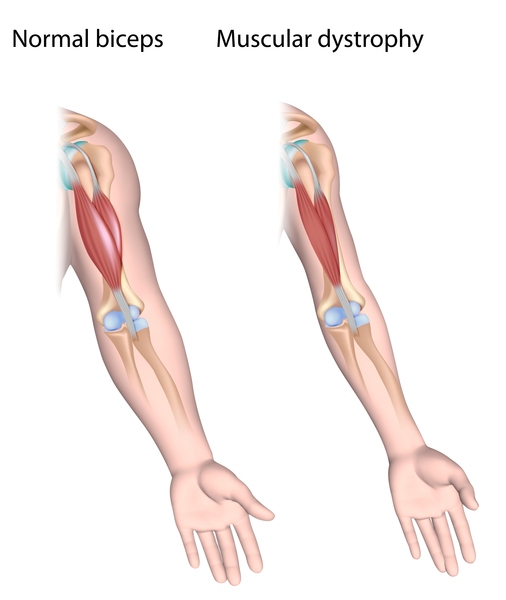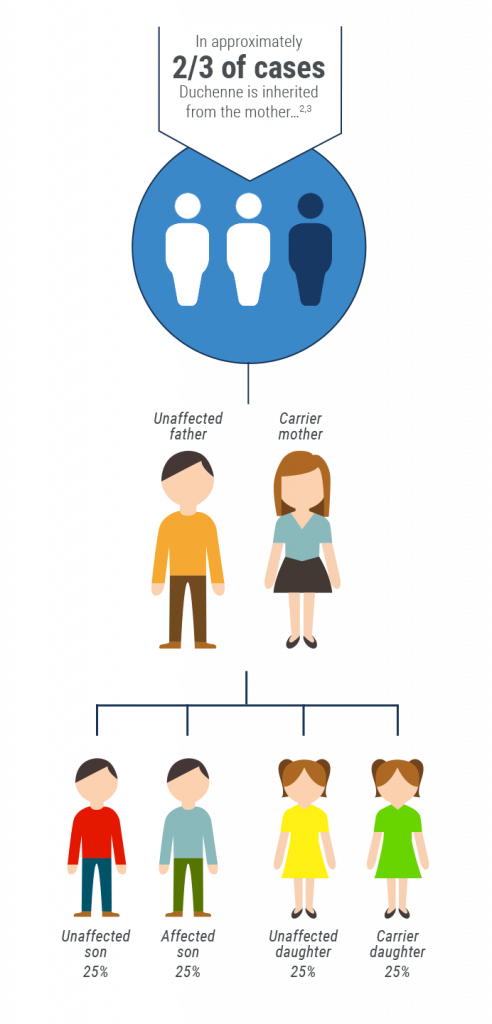
The term “muscular dystrophy” refers to a group of more than 30 genetic diseases characterized by progressive muscle weakness and the degeneration of the skeletal muscles that control movement. The focus of this blog, Duchenne Muscular Dystrophy ( DMD), is the most common and most severe form.
On Wednesday (September 7), people around the world will raise awareness through World Duchenne Awareness Day (WDAD).
For the past six years, Jett Foundation has hosted an annual event in recognition of this day. This year, the foundation is hosting a virtual event to bring together patients and families, experts and industry partners to celebrate advances made in Duchenne research, acknowledge challenges still to come, and show they are Stronger Than Duchenne. You can participate to learn more about Duchenne throughout the day!
Duchenne affects approximately one out of every 5,000 live male births. About 20,000 children are diagnosed with Duchenne globally each year. Parent Project Muscular Dystrophy
While DMD primarily affects males, females can also be affected, which is one of the reasons the World Duchenne Organization has deemed this year’s theme as Women in Duchenne.
Signs and symptoms of DMD may vary from person to person and can range from mild to severe. The average age of diagnosis is 4 years. Early signs may include delayed sitting, standing or walking, and trouble learning to talk.
DMD is a progressive disease, so symptoms generally worsen as a child ages.
Other signs and symptoms include weak legs, especially in the thighs and hips; difficulty running or jumping; waddling gait; walking on the toes or balls of the feet; trouble getting up from a sitting or lying position; enlarged calves; difficulty walking stairs; frequent falls; and weakness in the arms or neck.
As a child gets older, he or she may lose the ability to walk and require a wheelchair. The child may experience difficulty breathing and swallowing, and may develop a sideways curve of the spine (scoliosis). About one in three individuals with DMD also exhibit some cognitive impairment or learning disability.


As DMD progresses, it can weaken the heart and respiratory muscles as well. DMD is associated with a heart condition called cardiomyopathy and impaired lung function. People with DMD often die as a result of heart and breathing complications.
DMD is caused by a defect on the gene responsible for producing dystrophin, a protein that keeps muscles strong and protects them from injury as they contract and relax. Without dystrophin, muscle cells are fragile and easily damaged, resulting in a loss of muscle strength and function. The dystrophin gene is located on the X chromosome, one of two sex chromosomes in humans. The other is the Y chromosome.

Females rarely get DMD because they inherit two X chromosomes from their parents. If one has the gene with the defect, the other X chromosome can typically produce enough dystrophin to compensate. Females with a mutation on one X chromosome are considered carriers. Some female carriers are considered manifesting carriers and display a range of physical symptoms. If their X chromosome has the defective gene, they develop DMD. Females with the mutation are carriers and can pass the defect on to their children. However, in some cases, both X chromosomes have a defective dystrophin gene, where a female would be diagnosed with Duchenne.
A doctor may suspect DMD based on family history, symptoms or a thorough physical exam. The doctor will likely use certain tests to assist in making a diagnosis. One is a creatine kinase (CK) blood test. CK is an enzyme inside muscle cells. When these cells are damaged by DMD, they release high levels of CK into the blood.
Another test is a muscle biopsy, in which the doctor removes a tiny sample of muscle tissue and studies it under a microscope to check the level of dystrophin. Absent levels indicate DMD. Doctors can also use genetic tests to look for the defect on the gene that produces dystrophin.

Credit: Alila Medical Media/Shutterstock.com
There’s no cure for DMD, but there are treatments that can ease symptoms and improve quality of life. Treatment typically begins with anti-inflammatory medications called corticosteroids. These medications, which include prednisone and deflazacort (EMFLAZA®), have been found to slow the progression of DMD.
Since 2016, the FDA has approved five new treatments for DMD, including EMFLAZA. The other drugs are “exon-skippers,” which bypass the mutation on the dystrophin gene and allow for the continuation of the process for producing a functioning dystrophin protein.
Medications that improve heart and respiratory function may also be prescribed, and many of these are being researched in clinical trials.
Physical therapy helps the child maintain motion in the joints and prevent joint deformity and scoliosis. Occupational therapy can help the child manage activities of day-to-day life, such as dressing or using a computer.
In the past, people with DMD often did not live beyond their teens. However, improvements in diagnosis and treatment have increased life expectancy. Today, many people with DMD reach their 30s, and some live into their 40s and 50s. Ongoing research on new treatments is making that possible.





Leave a Reply